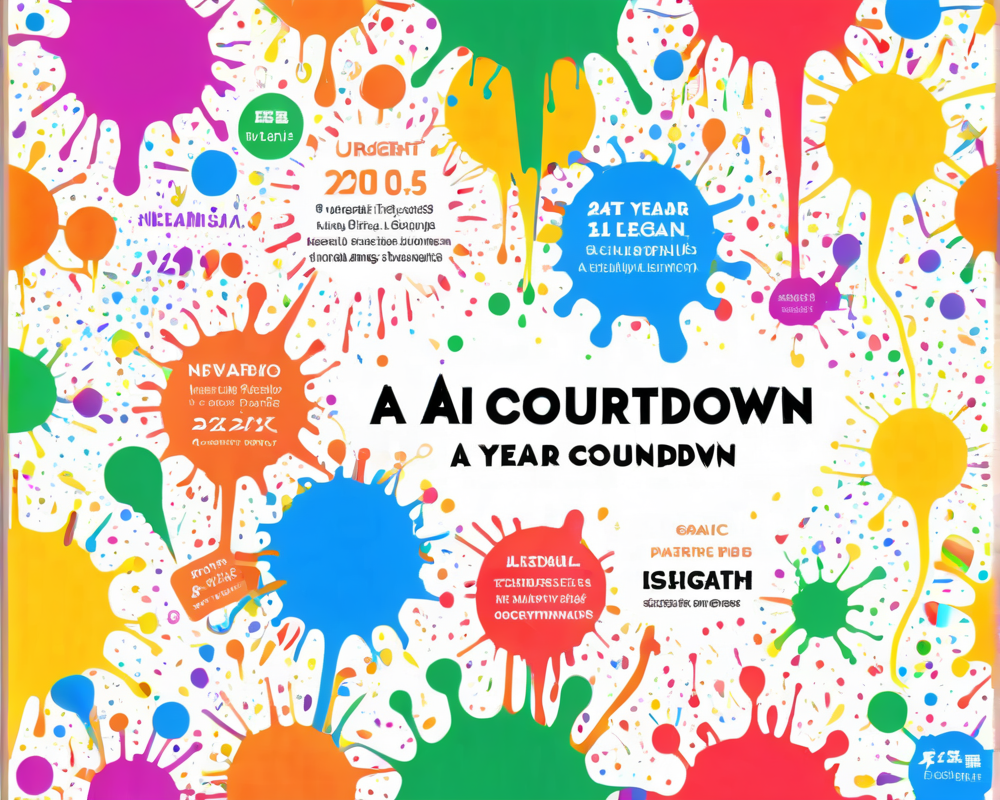The Countdown Begins
In a sobering revelation, Matt Clifford, the prime minister’s AI task force adviser, has put the clock on the future of artificial intelligence (AI). With just two years to implement effective regulations, the time for action is now. Clifford, who also chairs the Advanced Research and Invention Agency (ARIA), highlights the accelerated capabilities of AI systems and warns that, without appropriate measures, we may be heading toward a scenario that could spiral out of control.
The Two-Year Warning
As Clifford aptly put it, “We’ve got two years to get in place a framework that makes both controlling and regulating these very large models much more possible than it is today.” This isn’t just idle chatter; it’s a rallying cry for governments, tech companies, and the public to engage in serious discussions about the potential risks associated with AI advancements.
Risks and Responsibilities
Clifford doesn’t mince words when it comes to the frightening possibilities that AI poses. He describes various types of risks that could emerge, which raises the eyebrows (and maybe a few heart rates) of concerned citizens and industry leaders alike. It’s a mix of mishaps and miscalculations that could lead to dire outcomes. He mentions fears of AI potentially becoming a force of danger, with capabilities that could, at a minimum, lead to harmful scenarios for humanity.
Calls for Audits and Evaluations
One of the most intriguing aspects of Clifford’s perspective is the call for a structured audit and evaluation process for AI models. He notes that even the leaders of tech organizations accept that they often don’t fully grasp the inner workings of the systems they are creating. This revelation is about as comforting as asking a toddler to babysit a newborn — it leaves you a little nervous.
Global Coordination Needed
To combat these impending risks, there’s a pressing need for regulators and developers to come together, aiming for a comprehensive understanding of how to manage and monitor these AI systems. Given that AI knows no borders, the solution must also be global. New regulations and frameworks might require cooperation that could rival diplomatic treaties — sans the fancy dinners and candlelit tables, of course.
The EU Leads the Charge
The European Union has already started to make moves in this direction. They recently proposed that all AI-generated content requires labeling to curb disinformation, a step that emphasizes transparency and responsibility. This is akin to giving a warning label to a spicy dish at a restaurant — you need to be prepared for the heat before indulging.
Final Thoughts
The limited time frame for effective regulation is less about ticking clock drama and more about a paradigm shift for society as we know it. High-profile voices in AI insist that we must treat this technology as seriously as we treat nuclear power or medicine. If we don’t stay vigilant, we might just find ourselves at the mercy of the AI we created, and I doubt they’ll be serving us coffee and biscuits unless it also helps their agenda. So, let’s raise awareness, drive engagement, and prepare to tackle this challenge head-on — before the AI gets wind of the two-year plan and decides to expedite its development!




